Unique Tibetan Paper-making
Papermaking is one of the four great inventions in China. It is an outstanding creation in the history of human civilization and China’s great contribution to the world. The Tibetan ethnic group has its own techniques for papermaking.
The specificity of Tibetan papermaking lies in the properties of native plants, the living conditions of peoples dwelling on the world’s highest plateau, and aspects of Tibetan culture that together create a distinctive craft. Tibetan papermaking has traditionally been rural and regional. It has made use of abundant local plant and fibre resources. Papermakers developed methods that reflected the unique qualities of their raw materials, which resulted in paper products used as writing supports for Tibetan books with distinctive properties and features sometimes traceable to their place of origin when compared with the distribution of papermaking plants growing in the Himalayas and Central Asia
Tibetan paper is made from the root of a poisonous plant known as rejak, which gives it some unique properties. Long-lasting and resilient, it resists insects and does not disintegrate when submerged in water.
The process of making paper begins with the collection of rejak roots from the mountains where the plant grows, before cutting and peeling them to expose the inner core. The roots then need to be boiled for several hours and mashed into a pulp.
Once smooth, the craftsperson passes the pulp through a filter and leaves it to dry into sheets of paper. Dyes from plant and animal extracts are sometimes added to produce paper in different colours.
With the invention of mass-produced paper, traditional paper making as a craft has mostly been lost, with only a few villages and workshops still keeping it alive.
Due to the dryness and the low content of oxygen in the plateau, the raw materials have certain toxicity. Therefore, the Tibetan papers feature anti-corrosion, anti-mite and moisture-proof, and are easy to be preserved for a long time.
The Tibetan paper is wildly used for printing banknotes, stamps and scriptures, which is a fine example of its exquisite crafts. The Tibetan paper has not only been fully promoted in Tibet, but also introduced to India, Nepal, Bhutan and other countries.
The superb paper-making skills, its long history, and the rich experience in the production have all contributed to the unique Tibetan paper culture. Therefore, it is necessary to protect this important intangible cultural heritage.











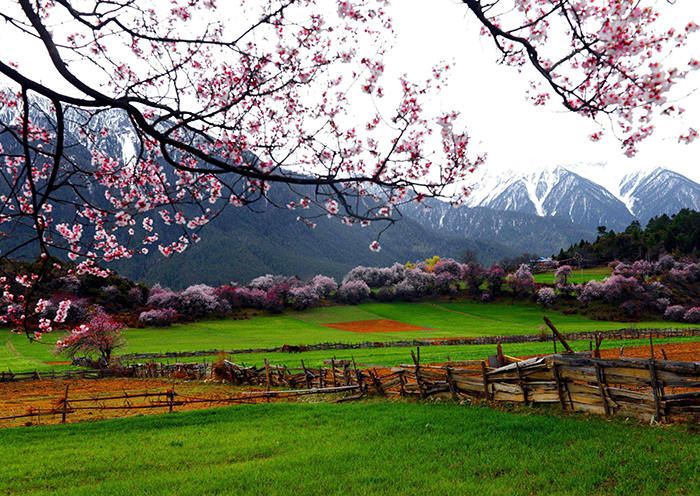

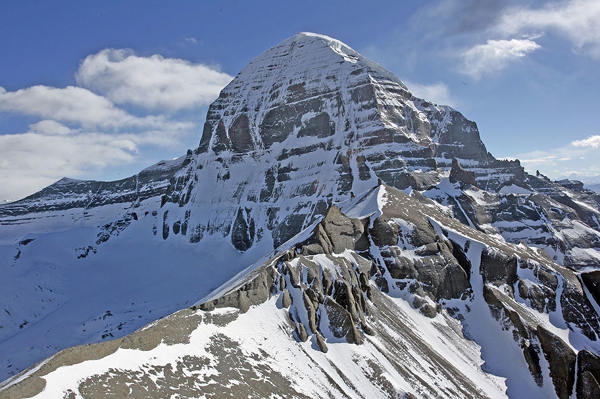







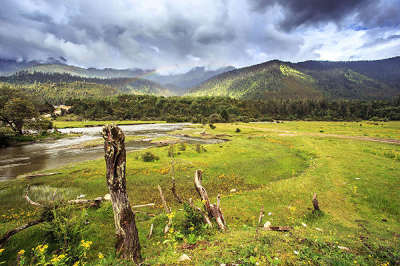
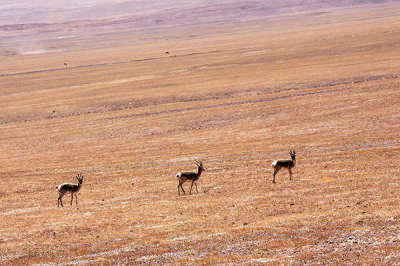


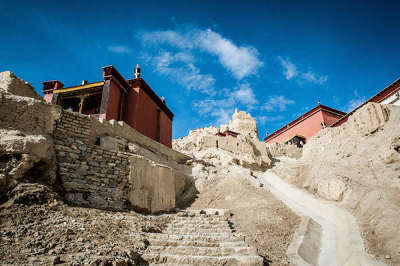




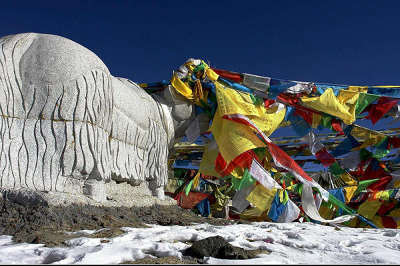
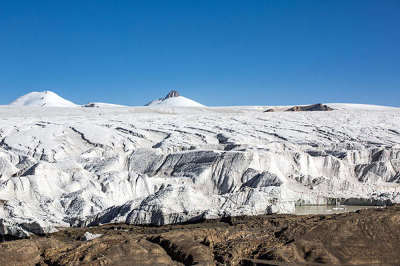






 Data in submission...
Data in submission...